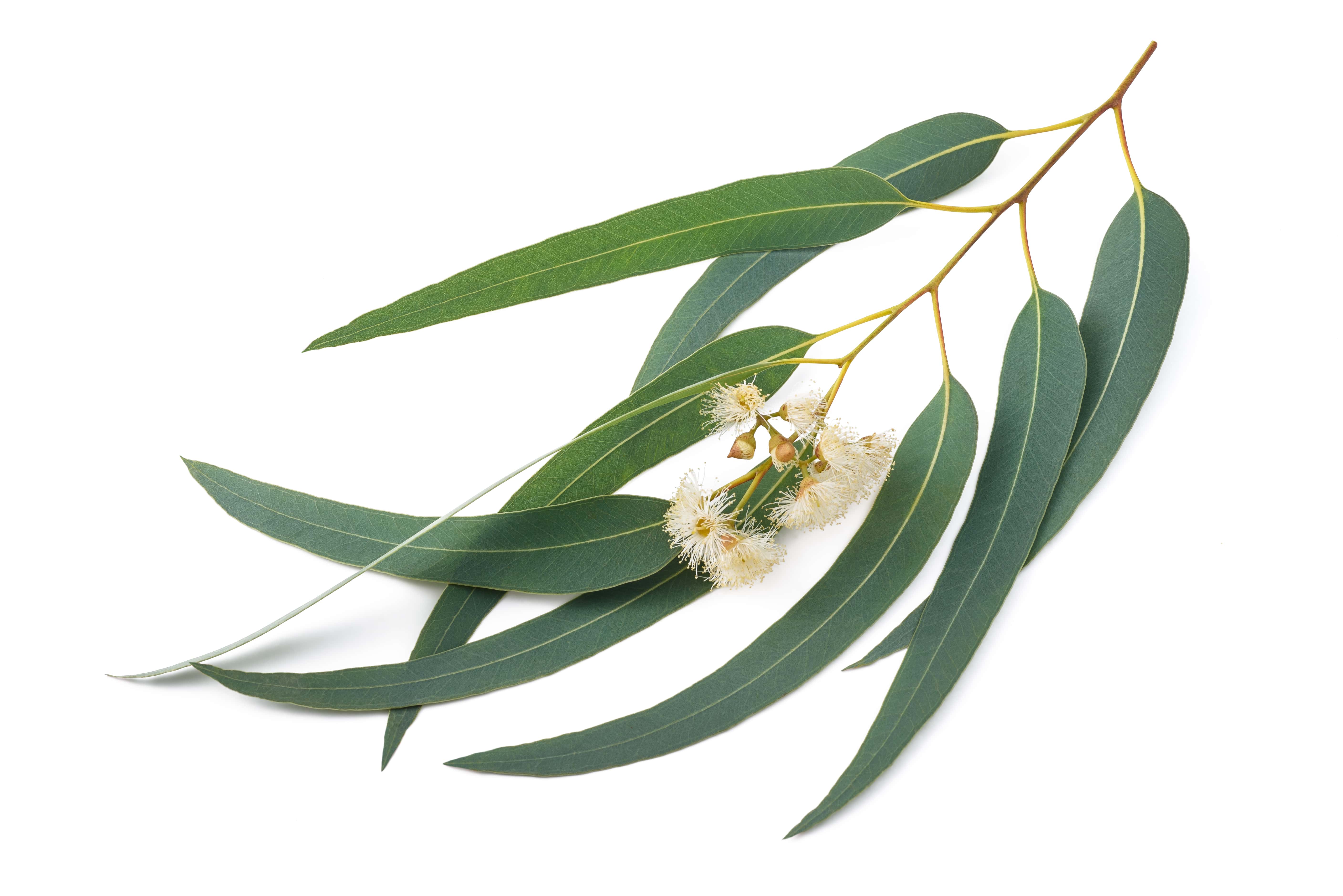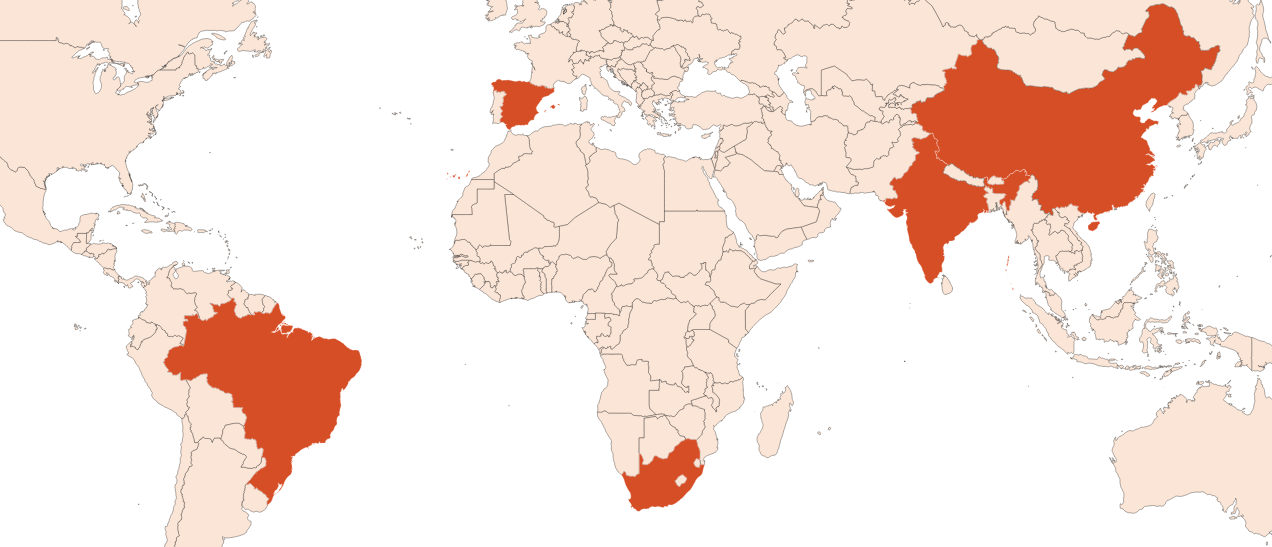
| Company | Ingredient Name | ID | Comments | Naturality | Certifications | Purity | Latin name | Treated part | Geographical origin | MOQ |
|---|---|---|---|---|---|---|---|---|---|---|
|
|
Huile essentielle d'Eucalyptus Globulus - 30 gr | - |
Visit website
|
- | - | - | - | - | - | |
|
|
EUCALYPTUS GLOBULEUX | F1380 |
Visit website
|
Huile essentielle | - | Eucalyptus globulus Labillardiere | Branche, Feuille | Espagne | - | |
|
|
EUCALYPTUS GLOBULEUX 70/75 | B382 |
Visit website
|
Huile essentielle |

|
- | Eucalyptus globulus Labillardiere | Feuille, Rameau | Portugal | - |
|
|
EUCALYPTUS GLOBULEUX 80/85 | B381P |
Visit website
|
Huile essentielle |

|
- | Eucalyptus globulus Labillardiere | Feuille | Portugal | - |
|
|
EUCALYPTUS GLOBULEUX 80/85 | B381 |
Visit website
|
Huile essentielle |

|
- | Eucalyptus globulus Labillardiere | Feuille | Portugal | - |
|
|
EUCALYPTUS GLOBULEUX BRUT | B386 |
Visit website
|
Huile essentielle |

|
- | Eucalyptus globulus Labillardiere | Feuille | Portugal | - |
|
|
EUCALYPTUS GLOBULEUX BY-ABSOLUE | F1240 |
Visit website
|
Absolue | - | Eucalyptus globulus Labillardiere | Branche, Feuille | Espagne | - |
General Presentation
-
CAS N° : 8000-48-4
-
EINECS number : 85203-56-1
-
FEMA number : 2466
-
Appearance : Colorless liquid
-
Density : Peut avoir des variations selon la pureté: Crue -> 0,905 - 0,925 @20°C 70-75% -> 0,904 - 0,920 @20°C 80-85% -> 0,906 - 0,920 @20°C
-
Volatility : Head
-
Price Range : €€
Physico-chemical properties
-
Optical rotation : Donnée indisponible
-
Vapor pressure : Donnée indisponible
-
Refractive Index @20°C : Donnée indisponible
-
Acid Value :
-
Flash Point :
Uses
Uses in perfumery :
Raw material often replaced by eucalyptol. Very good for boosting head notes.
Major Components :
- Elemicine (0,5- 8%)

Photo credits: ScenTree SAS
Botanical name :
Eucalyptus globulus Labill.
Synonyms : Eucalyptus gigantea Denham // Eucalyptus globulus var. bicostata Maiden
Botanical profile :
The eucalyptus is a tree of the Myrtaceae family and the genus Eucalyptus.
Chemotypes :
The smell of eucalyptus varies according to the species:
Eucalyptus radiata : Possesses terpineols instead of pinenes
Eucalyptus citrismella : More lemony thanks to the presence of citronellol and citronellal with little Eucalyptol.
Eucalyptus globulus : The one with the highest Eucalyptol content.
Historically, Eucalyptus camadulensis and Eucalyptus rostrata were the first trees grown in Naples, in 1803, by monks.
Extraction process :
From July to October, at maturity, the leaves are collected when they have a deep green colour. If the owner wants, cultivation can be done by cutting down the tree to exploit the wood. Although, growing an old tree is preferable as it has more foliage. Only long leaves are collected for the distillation. Juvenile leaves are processed in other smaller crop areas such as California. The large leaves are dried to be crushed and steam distilled on a grid, above a boiling water. In some processes, the pressure can reach 5 to 10 bar in the steel tank. At the end of the extraction process, the essential oil is collected by decantation of the water. The extraction yield of the deciduous branches oscillates between 0.5 and 3%. Young leaves have a better extraction yield.
The essential oil can be rectified to remove parasite smells by adding soda. The oil can also be dried using anhydrous sodium sulphate.
Eucalyptus resinoid can be obtained by extracting the plant with organic solvent. The resulting scent is green, also closer to the sulphured smell of the blackcurrant bud and has a note of Fenugreek Absolute.
Other comments :
Juvenile eucalyptus leaves have a silvery blue colour, like the wood of the tree called blue gum for this very reason.
Eucalyptus essential oil is the main source of natural Eucalyptol, also called 1,8-Cineol. Natural Citronellal can also be extracted.
After its introduction in Spain and Portugal, Eucalyptus was called the ''fever tree '' because it was famous for keeping mosquitoes carrying malaria away.
The term Eucalyptus comes from the Greek ''Eukalypto '', which means ''I cover well '' in reference to the shape of the envelope of the flowers that covers the flowers until they hatch completely.
Stability :
The terpenes identified in this raw material can polymerize when they are oxidized
Regulations & IFRA
Allergens :
Citronellol - Geraniol
IFRA 51th :
This ingredient is not restricted for the 51th amendment


